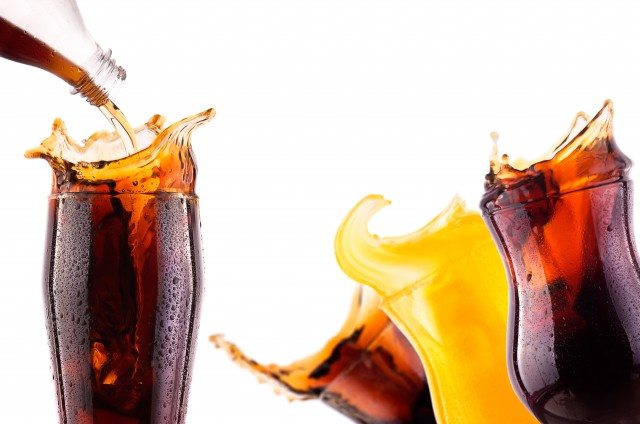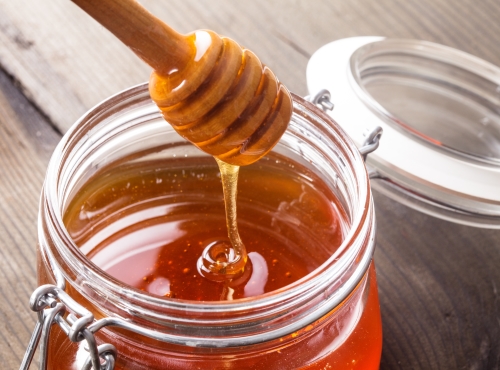A report has found Japanese to favor functional carbonates for their health and wellness positioning.
Besides zero-calorie and sugar-free carbonates, the Japanese government has approved a cola as a “tokuho” drink.
The beverage contains a nutrient called indigestible dextrin, which restricts the absorption of fat from food intake, which has quickly turned into a hit product in Japan.
Food News International asks Natasha Telles D’Costa, research manager, Food & Ingredients Practice, Asia Pacific, Frost & Sullivan, about the natural sweetener options available to carbonated soft drinks (CSD) manufacturers and the future of the sector in Asia.
FNI: Why is there a demand for low sugar, natural sugar alternatives in the CSD sector?
D’Costa: Asia Pacific is witnessing a growing obesity epidemic.
Childhood obesity is a major cause for concern with countries like India becoming the global capitals of the diabetic population.
The fears over rising obesity and lifestyle diseases have restricted sugar consumption and driven the demand for low calorie substitutes.
We see a growing importance of preventative medication, as more people aim to prevent diseases by managing their food intake.
This, in turn, causes an increasing consumer focus on ingredients and healthy alternatives.
In addition, consumer fears over the carcinogenic nature of artificial sweeteners due to negative publicity have caused a greater awareness to restrict the intake of sugar-based carbonated drinks.
FNI: Why do you think more consumers are avoiding beverages containing artificial sugars?
D’Costa: Beverages are considered an easy option to consume sugar, unlike foods that consumers think that they can control their amount of sugar intake.
This fear over the hidden sugars in beverages is restricting consumption.
FNI: What have CSD manufacturers done to cater to these consumers?
D’Costa: Most manufacturers have brought in healthy natural sweeteners such as stevia.
They have introduced low sugar options and have generally shifted their focus on healthier options such as amino acid and other fortified beverages.
The demand for fortified, as well as health and wellness beverages, will rise as more countries become more developed.
The markets in countries such as China and India will move in the direction of that of Japan – they will focus more on healthy beverage options and move away from the traditional price sensitive business climate.
FNI: There is a rising trend of CSD containing a blend of sweeteners and natural alternatives such as stevia, such as Coca-Cola Life. What do you think of the staying power of such beverages in the market that traditionally uses artificial and cane sugars?
D’Costa: Artificial and cane sugars-based beverages will continue to dominate the market because of their price bracket, especially in countries like Mexico where Coke is cheaper than, or as cheap as water.
However the more premium products will increasingly focus on stevia to interest more affluent health conscious consumers.
Stevia is growing in awareness among consumers as a health natural option, which will drive its premium pricing.
While honey will remain popular for beverage applications, it will command lesser pricing.
The use of other natural sweeteners may be dwarfed by stevia due to a lack of investment in creating awareness and scientific validation. The rising middle class and baby boomers will be driving the demand for such beverages.
FNI: Can CSD make a comeback in the beverage category amidst competition from stills, tea, coffee and functional beverages and juice?
D’Costa: Yes, if new and innovative formats are released into the market and if their reputation as bad-for-you improves.











